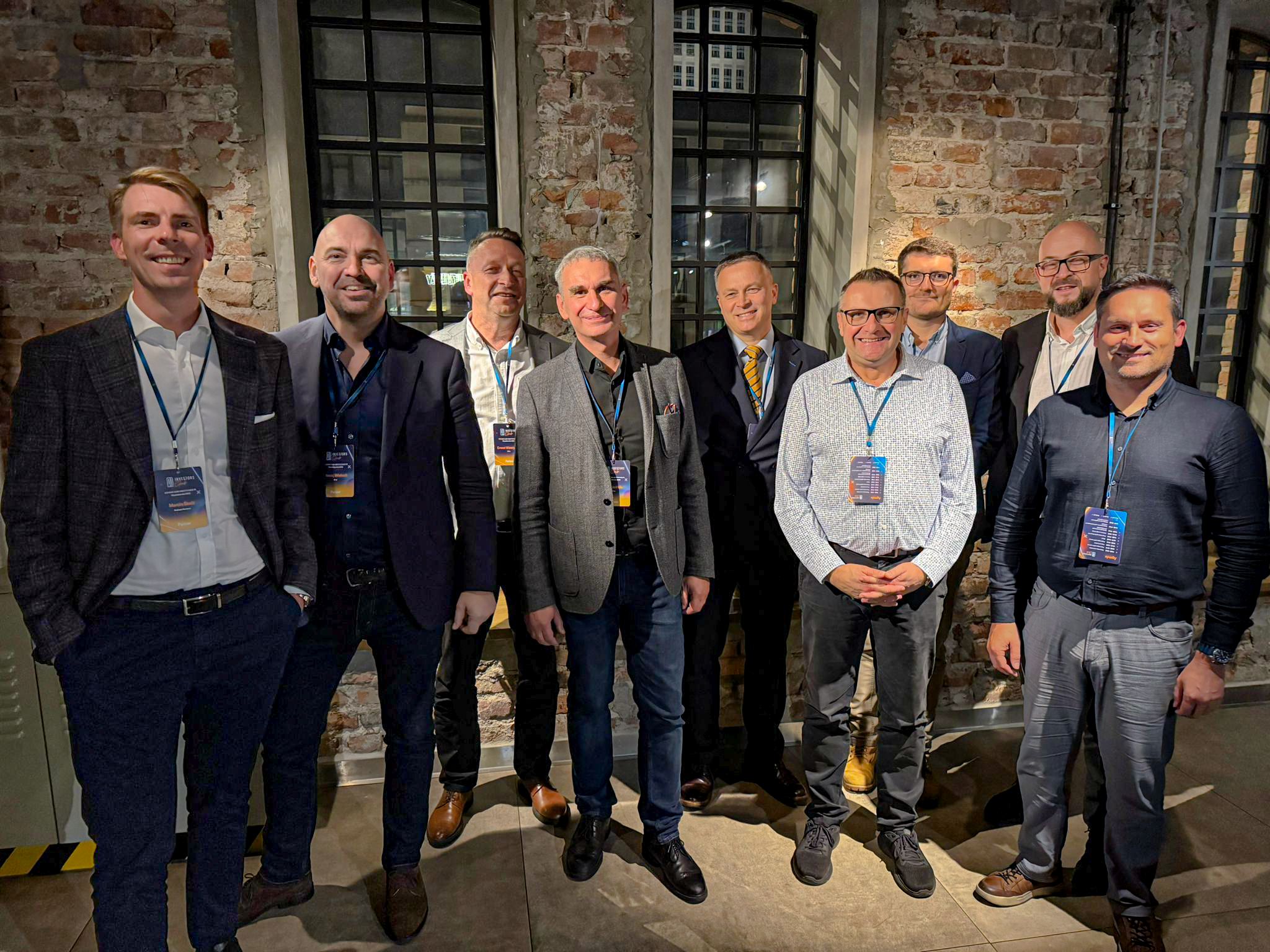Agentic AI: Key challenges and our investment perspective

By Serhii Sokolenko, Venture Partner at Radix and the CEO of Tower.dev, a serverless Python platform that frees data teams from managing complex infrastructure. Previously, he built data platforms at Databricks, Snowflake, and Google Cloud. His past startups tackled emotion detection in text and brought natural text understanding to LegalTech.
In 2023, a New York lawyer learned a costly lesson: after using ChatGPT to research legal precedents, they submitted fabricated citations and were fined $5,000, their case dismissed. This cautionary tale highlights a fundamental truth for entrepreneurs and investors: AI without reliable grounding in facts is a liability. As AI shifts from static chatbots to dynamic, “agentic” systems, the real question becomes: how can these agents think, act, and—critically—tap into the right data?
1. From chatbots to agentic workflows
The old model
Traditional chatbots simply predict the next words based on their training data. They’re powerful for conversational tasks, but they can’t distinguish fact from invention.
The agentic breakthrough
Today’s agents layer reasoning workflows on top of large language models (LLMs). Instead of one-shot generation of a sequence of words, they:
- Decide on actions (“if X, do Y”)
- Call external “tools” (APIs, databases, analytics engines)
- Iterate until they fulfill the user’s goal
This shift—from pure generation to tool-supported orchestration—is what makes agentic AI investable. It moves us from “clever text” to reliable, data-driven outcomes.
Investment lens: We’re excited by startups building modular agent frameworks that make it easy to plug in new tools and data sources. Founders should showcase clear workflows—demonstrating how their agents call, process, and reconcile real-world data.
2. Bridging the knowledge gap with enterprise data
LLMs are often described as “new kinds of databases”: they compress vast text corpora, answer queries in natural language, and generate novel responses. But they suffer two critical shortcomings:
- Staleness: Training cycles lag behind real-time events.
- Opacity: You can’t trace a generated fact back to its source.
The solution: Combine LLM reasoning with fresh data from:
- Analytical stores (e.g., Snowflake, Databricks, or emerging open formats like Apache Iceberg)
- Operational databases (e.g., PostgreSQL, MySQL, modern APIs)
By orchestrating queries against these systems, agents remain grounded in facts.
Investment lens: We look for teams that build tight integrations to both analytical and operational data. Especially compelling are companies adopting open standards (like Iceberg) to avoid vendor lock-in and reduce costly data duplication.
3. Open standards and the rise of Apache Iceberg
Historically, firms locked data into siloed warehouses, spending up to 40% of compute on ETL just to share data. Apache Iceberg upends this by defining an open table format that sits on object storage (S3, Azure Blob) and can be queried by any engine—Snowflake, Databricks, Presto, you name it.
- Promising for agents: Agents can query a single “source of truth” without wrestling with duplicated datasets.
- Performance considerations: Iceberg’s cloud-native design offers high throughput for the hundreds or thousands of queries an agent might fire off.
Investment lens: We’re tracking startups around Iceberg catalogs and governance layers. Founders should articulate plans for performance optimization and data security—highlighting features like row-level filters and column masking that enterprise clients demand.
4. Security and governance are non-negotiable
Agents, by nature, will “ask questions” relentlessly. Without guardrails, they could expose sensitive PII or run up massive query bills. Two core requirements:
- Fine-grained access controls: Ensure an agent only sees data it’s authorized to access—per user roles and regulatory constraints.
- Audit trails and policies: Every data call should be logged, and policies dynamically enforced (e.g., blocking access to certain columns).
Emerging solutions like Lakekeeper and Databricks’ Unity Catalog are forging this “contextual governance” layer.
Investment lens: Security and compliance features turn a neat demo into an enterprise-ready product. We favor teams that bake governance into their core architecture rather than bolt it on later.
5. Platforms that simplify agent deployment
Building agents from scratch is hard: you need orchestration, observability, scaling logic, and robust SDKs. This is why we’re excited about agentic platforms that offer:
- Serverless runtimes for executing agent workflows
- Modular “beams” or services for logging, retries, and metrics
- Out-of-the-box connectors to databases, APIs, and analytics engines
For example, a data-centric platform called Tower.dev lets teams define “Apps” (which can be agents or tools) alongside horizontal services like observability, security, and team collaboration—all without managing infrastructure.
Investment lens: We're keen on platforms that reduce time-to-value. Founders should demonstrate how users can go from zero to a working, data-connected agent in days—not months.
Conclusion: Investing in the agentic future
Agentic AI represents a pivotal shift—from predictive chat interfaces to actionable, fact-grounded systems. Our strategy zeroes in on:
- Modular orchestration frameworks that enable easy tool integration.
- Open-standard data access, especially via Iceberg or similar technologies.
- Built-in governance to meet enterprise security and compliance needs.
Where we see the greatest promise—and caution:
Most promising:
Open interoperable stacks that let enterprises avoid vendor lock-in.
Embedded governance that meets strict compliance requirements out of the box.
Where we remain cautious:
Solutions without robust security or transparent auditing mechanisms.
Proprietary data lock-in models that undermine long-term customer value.
For founders: focus on demonstrating real business impact, a clear path to production, and a roadmap for scaling both queries and governance.
For investors: these criteria will distinguish hype from enduring value as agentic AI transforms industries.
Explore More Insights and Stories
.jpg)
Radix Ventures Investment Thesis: Dual-Use Technologies for European Resilience

Radix Ventures invests in Proteine Resources – Polish biotech startup secures nearly €12 million in 2025 to revolutionize pet health

